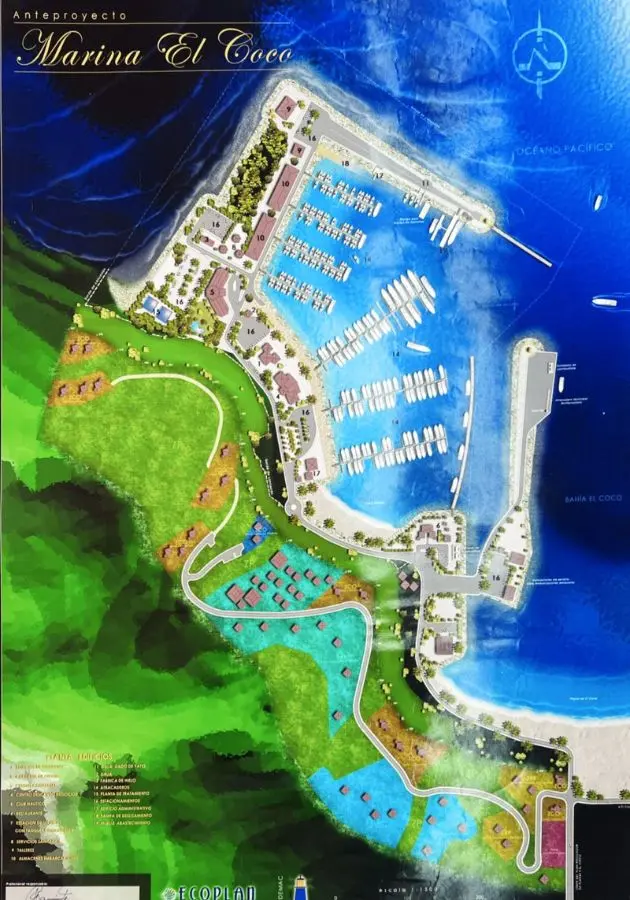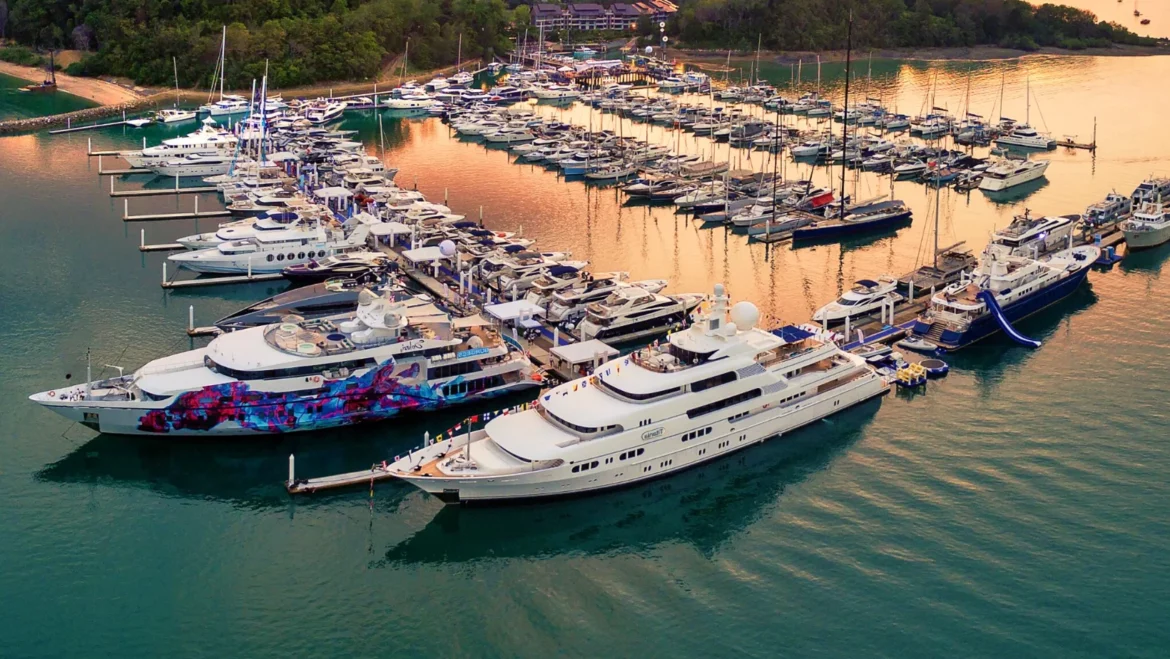The maritime development of Costa Rica is taking a major step forward with the construction of the country’s seventh marina in Playas del Coco, a project that has been awaited for over two decades. Thanks to the official signing of a concession contract between the Municipality of Carrillo and the Association for the Development of the Marina de Coco (ASODEMAC), this long-anticipated infrastructure will soon become a reality.
With a $24.5 million investment, the project aims to transform this seaside town into a strategic hub for recreational boating, sport fishing, and maritime tourism.
According to William Rodríguez, Costa Rica’s Minister of Tourism, this marina will enhance the country’s attractiveness to boat owners and expedition cruise travelers.
It will open new economic opportunities and create jobs in the Guanacaste province and surrounding areas.
Playas del Coco, located in Guanacaste, is one of Costa Rica’s most popular beach destinations. Nestled in the Gulf of Papagayo, its gray-sand beaches lined with palm trees attract both tourists and expatriates seeking a lively yet laid-back atmosphere.
Known for its calm waters, ideal for swimming, the area also serves as a gateway to marine excursions, including sport fishing, scuba diving, and snorkeling.

With a $24.5 million investment, the project aims to transform this seaside town into a strategic hub for recreational boating, sport fishing, and maritime tourism.
An Ambitious and Well-Structured Project
The project has undergone rigorous evaluation by the Interinstitutional Commission for Marinas and Tourist Piers (CIMAT), in collaboration with the Costa Rican Tourism Institute (ICT). It meets strict technical, environmental, and operational viability criteria.
“The signing of this contract marks the realization of a shared dream. This marina will not only be a port infrastructure but also an economic development engine and a symbol of sustainable progress for Playas del Coco.”
Luis Lemus, Director of CIMAT
The first phase of construction will include access roads and water area development, followed by the construction of land and maritime infrastructure.
A 25-hectare space will be dedicated to the project, featuring 299 docking slips for boats ranging from 12 to 40 meters, administrative offices, maintenance services, a boat storage area, a fueling station, an ice plant, and commercial spaces. A harbor master’s office, customs, and immigration offices will also facilitate the entry of international visitors.
Mixed Reactions from the Community
While the project has been welcomed by many as a significant boost to the local economy, it has also sparked concerns among residents, expatriates, and environmentalists.
“This marina will truly transform our village. It will attract more visitors, boost local businesses, and breathe new life into the economy. We can’t wait to see the project take shape!”
Jean-Marc Lemoine, French expatriate in Playas del Coco
“I worry about the impact on the local marine life. Large-scale construction and increased boat traffic could harm our fragile coral reefs and fish populations.”
Emma Carter, marine biologist
“The growth brought and brings more businesses and more jobs, making life easier for the locals. The newbies need to find a way to assimilate instead of divide. Get out – learn about Cocos history just 25 years ago, and more. It’s always been a port town.”
Susan Fletcher, social media post in Playa Hermosa, Guanacaste
“As we’ve seen in other coastal areas with new marinas, property values and rents skyrocket, making it harder for locals to afford living here.”
Luis Pérez, longtime resident of Playas del Coco
“Playas del Coco is already a fantastic destination, but this marina will elevate it to another level. More high-end travelers will now consider visiting and investing here.”
Sophie Daniels-Johnson, English expatriate
“To avoid negative impacts, authorities must enforce strict environmental protections, support local businesses, and include the community in decision-making. Otherwise, the project risks prioritizing short-term profit over long-term sustainability.”
Gabo Peñas, Costa Rica
Marinas: A Key Economic Driver for Costa Rica?
Currently, six marinas operate in Costa Rica, offering over 1,000 docking slips along the Pacific coast and generating more than 7,000 direct and indirect jobs. On average, 825 boats dock at these facilities each month, highlighting the vitality of the sector.
Existing marinas such as Marina Papagayo, Marina Flamingo, Marina Los Sueños, Marina Pez Vela, Marina Bahía Golfito, and Marina Banana Bay have demonstrated the positive impact of these infrastructures on the local economy. With the addition of the Playas del Coco Marina, Costa Rica strengthens its position as a premier destination for nautical tourism and sport fishing.
As construction begins, the debate over the marina’s impact continues. While many see it as a necessary step for economic development, others worry about preserving the natural beauty and unique character of Playas del Coco. What do you think? Is this marina a step forward or a cause for concern?

- Chutes de Cortés : un oasis spectaculaire au cœur du Guanacaste
- At the Table With Silvia: The Executive Chef Who Defines Villa del Sueño
- Silvia Laferrière : la passion culinaire du restaurant de Villa del Sueño
- L’aéroport Juan Santamaría de San Jose se prépare pour une haute saison record
- Le dollar atteint son plus bas niveau en 17 ans au Costa Rica


